Season 2 Recap Part 1: Client Expectations to Tech Talent
Join host Anni Tabagua for the first half of Season 2! This recap covers episodes 9-12, featuring Mike Peterson on evolving client expectations from IT vendors, Maryna Melnik on scaling learning culture across organizations, Marcos Mauro on Latin America's incredible tech boom, and Julia Zavileyskaya on today's state of tech talent. Four conversations that set the tone for Season 2's deep dive into tech's human side.
Transcript
Anni Tabagua: Hi there! Welcome back to our special recap of BizTech Forward Season Two. I'm Anni, your host, and what a great season we've had. Let's have a look at the highlights.
Episode 9: What Clients Expect from IT Vendors
We kicked off with Mike Peterson, Advisory CTO, Mentor, and Coach, talking about how client expectations have changed completely. Mike shared real stories about what clients missed from the old days and told us what they really want in 2025. Let's hear from that conversation.
Mike Peterson: I think we are in the era of data. The foundation of AI is data. It was probably 10 to 15 years ago when we started to move into big data and really get into data science and machine learning. That's when data became more imperative and more important, and the more data you had and the ability to process it.
Along the way, the infrastructure got better. Compute power went from CPUs to GPUs. Instead of doing really fast processing using Moore's Law to get more serial processing done, you went to GPUs and you were getting parallel processing done. So the number of things that you could do increased dramatically.
This has been a great push, and you see this with companies like NVIDIA being so popular. Those GPU shifts were originally for gaming. In gaming, you had to be able to process in parallel. Somebody figured out there were other things we could do related to data, crunching numbers, and the type of analytics that we want to do.
The infrastructure moved out of data centers and into the cloud, which allows you to store much more data. You started thinking not in kilobytes but in megabytes, terabytes, and petabytes. You had so much data at your disposal and new techniques for cleansing that data, organizing it, and accessing it.
We are in the age of data now. That's just the underpinning for why we can do large language models and the type of AI that we're doing and what we're going to do. And God help us if they figure out how to do quantum computing – we'll be able to do a billion calculations at once.
The other thing that data has spawned is a whole new realm of cybersecurity, both on the protection side and the attack side. We have to be able to comply with laws around the world. Everybody has a privacy law now. In China, they have their regulations. We have GDPR in Europe, and even California has a variation of privacy law that's different from the rest of the US. India has threatened to put something out for years, but I think they waited for the last election, and that will restart.
When you have these sovereign data rules and privacy regulations, you have to think differently about how you architect things and how you handle local data. You have to consider what you need to do to be able to process and manage the data.
We are in the center of the data revolution, and we're neither at the beginning nor the end. This is only going to become more complex. When you wrap around that, the desire for privacy and the desire for sovereign countries to have their own sovereign clouds and sovereign rules, you have to figure out how to navigate that landscape.
China has the Great Firewall, which creates impediments for outside companies and gives advantages to internal companies. You see this with lawsuits against Google and search from the EU. It is all about data.
Episode 10: Learning & Development at Scale
Marina Melnik, Head of Learning and Development at DataArt, discussed creating a culture of continuous learning across thousands of people. She talked about training junior talent and how clients and companies can learn together for better results. Here's a clip from that show.
Marina Melnik: It may sound overwhelming, especially in a company as large and globally distributed as DataArt, but no one really starts organizing learning when they're already that big. It all starts much earlier.
From my experience, employees naturally self-organize when it comes to learning in smaller companies where there isn't a formal learning function. People take learning into their own hands. Usually, they form communities – professional communities of interest – where they share their knowledge. They conduct webinars and store them somewhere, like SharePoint, for others to use. They mentor each other on projects and do many other things. Such informal initiatives usually become the foundation for a bigger learning culture when companies grow.
When companies are scaling, learning becomes easier because you're building on something that already exists. There's always this moment in a company's lifecycle when top management realizes they need something more formal, more structured, more effective. That's the point when they realize they want to establish a formal learning function.
From my experience, this point of realizing the need starts when there are around 2,000 to 3,000 employees in the company. Sometimes, recruitment teams from other companies approach me asking if I'm interested in establishing the learning function there. I always ask how many people they have, and this is the number I consistently see – about 2,000 to 3,000 people. That's when companies realize they cannot handle learning informally anymore and need more structure.
That's what happened at DataArt as well. We took these grassroots efforts and structured them into more cohesive learning strategies. We listened to the needs of our colleagues, what the business needs, and what our clients need. Then we shaped our offerings around these priorities. As a result, we have this comprehensive learning ecosystem that's robust and flexible.
There are three key elements that are crucial for scaling learning culture once the company grows:
First, leadership support. Without the buy-in of top managers, scaling learning is virtually impossible inside the company.
Second, creating the right environment. This means providing the infrastructure and opportunities to colleagues – mentoring programs, libraries, internal access to internal and external courses, coaching, professional communities, and everything else that creates the environment.
Third, stepping back – not forcing and not pushing. Instead, offer opportunities and let people choose what works for them. Flexibility is crucial here.
As a result of these three things, we see professional communities developing inside the company on their own initiative. They develop skill matrices in collaboration with us and learning paths for their qualifications. We have internal experts who are happy to be mentors, course instructors, and speakers at events. It's all about creating a culture where learning is accessible and relevant but never forced or pushed.
To wrap up, it's not about building something from scratch because there's always something, even in tiny companies. It's about nurturing what's already there and giving it structure, shape, strategy, and vision.
Episode 11: Latin America’s Tech Boom
Anni Tabagua: Marcus Mauro, Executive VP for Latin America at DataArt, gave us an amazing look at Latin America's tech boom. We talked about AI, fintech, and how the region is becoming a global leader. And yes, somehow we compared economic shifts to churros. Listen to more from that conversation.
Marcus Mauro: The tech boom in Mexico is like the perfect storm happening, but in a good way. Across Latin America, fintechs are booming, and Mexico in particular stands out. A key driver for this is a combination of a very large, previously underbanked population.
You have to understand that there are a lot of people in Latin America who don't have any banking services – they don't use any. You would say, "How does that work?" Well, basically, they use cash. They get their money in cash, they have informal work, they get a certain amount of money, and then they spend it. That's basically cash – paper notes. That's just the way it goes for a big chunk of Latin America. Believe it or not, that's more than 40% of the population. All those people were basically excluded from the financial sector.
That created a strong opportunity. At the same time, there's very high penetration of mobile devices. People probably don't have banks, but they have a mobile device. That's a perfect platform to provide really great financial services.
The opportunity that startups in Mexico represent – and Mexico is a perfect representation of this because it's the biggest Spanish-speaking market – make a lot of sense that it's booming even beyond what's happening in the rest of Latin America. The opportunity is bigger, and the investments are bigger. These two things created the perfect setup so that fintech could emerge.
But it goes even beyond just banking services. Think about it: there's a guy walking across the street trying to sell you churros. He's walking with a basket of churros. Normally, that person would say, "Do you want some churros?" You would pay in cash, and he would give you churros.
But now, for example, many financial companies and startups are providing a payment instrument for that person to have—he can receive digital payments. Not only that, he can also pay digitally for other goods that he uses to make the churros. There are a myriad of financial services—micro-financial services—with great reach and great numbers. There's an untapped market of people who formerly didn't have banks, and now, all of a sudden, they can sell their churros using digital payments, which seems absolutely normal in other parts of the world, but in Latin America, it is the cornerstone of why these things work.
It's also cumbersome to walk around with money. You have to understand that in these countries, when the general public uses money, it's not dollars or euros. It's pesos—some local peso that's devalued all the time. It's subject to inflation. Your notes are probably worth very little, so you have to carry tons of them to pay for stuff. It's incredibly cumbersome and difficult.
Now, all of a sudden, these people who were completely excluded from going to bank branches and asking for credit can get it in the palm of their hands, thanks to this innovation. This is very common in other geographies, but in Latin America, it's happening right now, and everybody's jumping on that wave.
Episode 12: Tech Talent Today and Tomorrow
Julia Zavileyskaya, Chief People Officer at DataArt, joined us to discuss hiring trends and AI's role in recruitment. We talked about why AI should not be making hiring decisions and what really keeps employees engaged. Here's what she had to say.
Julia Zavileyskaya: What I see, and I really worry about, is a shift to previous experience rather than problem-solving ability and the ability to gain new skills and knowledge. I really see a lot of clients who expect us to find and introduce them to people who have a particular number of years in a particular qualification or industry or are working with a particular platform.
I think it's a risky trend because platform technologies are always changing all the time. We really have to keep this ability to switch from one new area to another. It's a special muscle that's really meaningful. This way of thinking, this way of working – I believe it's really about embracing something new all the time.
I really hope that we stop paying so much attention to the past, to past experience, but keep an eye on the ability of people – how they gain new knowledge and skills, how they could be open-minded and could navigate through all the new things that appear all the time.
Anni Tabagua: That's really interesting. So if I got it right, clients right now actually come with a specific job requirement in their head, and they want somebody who matches exactly everything they used to have, rather than focusing on potential?
Julia Zavileyskaya: Absolutely. I'm really struck when I see that somebody could be rejected because they don't have three years of experience, and instead have only two and a half years of experience. That's the reason why somebody could be rejected and not go to the interview. I think it's a disaster.
Anni Tabagua: And you've seen examples like this?
Julia Zavileyskaya: Absolutely, regularly. I see it as a huge risk because we have to think about future development—how we can be flexible with all these new technologies, how we switch from one technology to another. These trends concern me greatly.
Anni Tabagua: Thanks for tuning in to BizTech Forward. If you enjoyed the podcast, please subscribe and share to help us reach more listeners. Thank you for being part of the conversation. See you next time.
Check Out All of Our Episodes
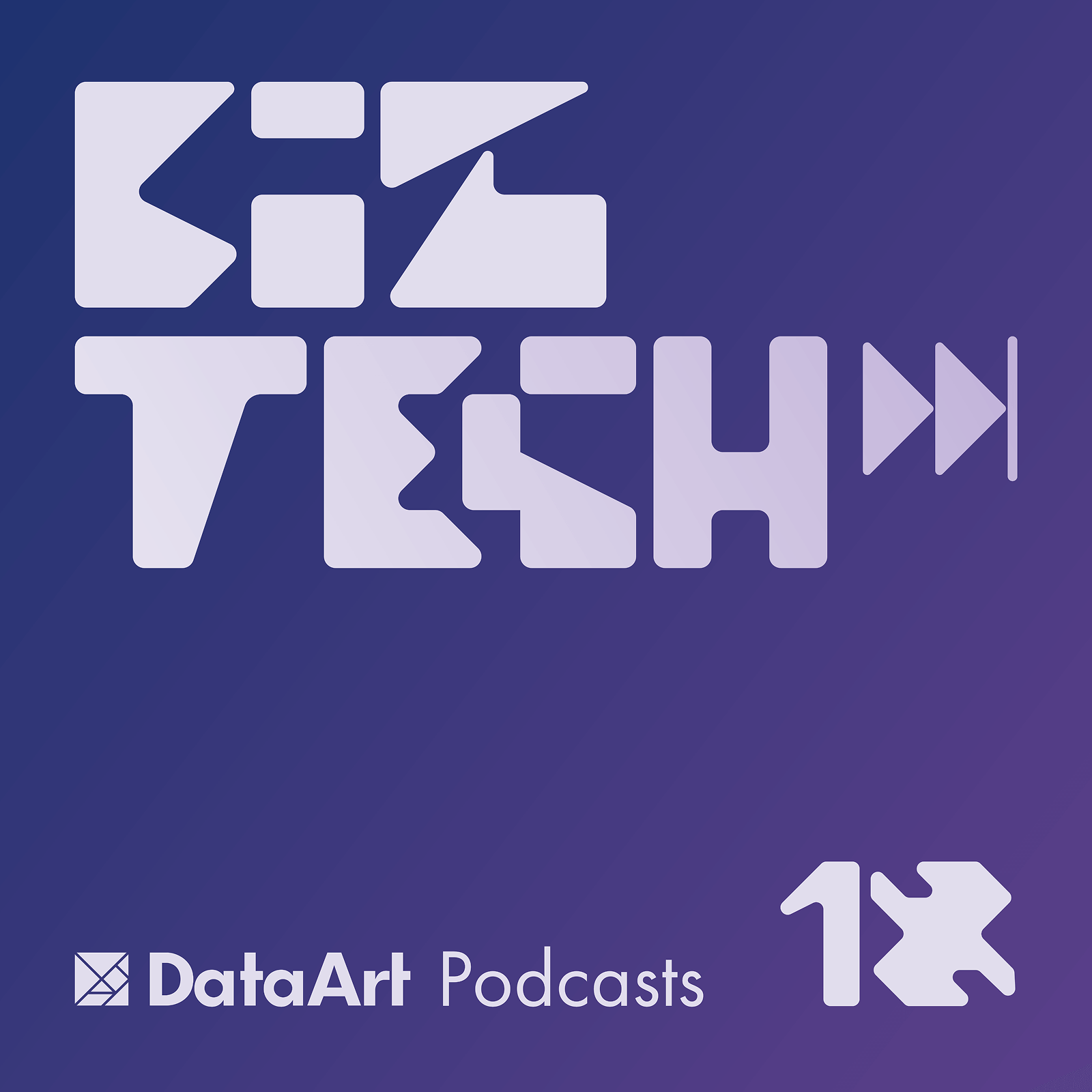
AI is supposed to be revolutionizing retail. Personalized recommendations, seamless checkout, virtual try-ons — the whole pitch. But if the technology is so good, why are physical stores still packed?
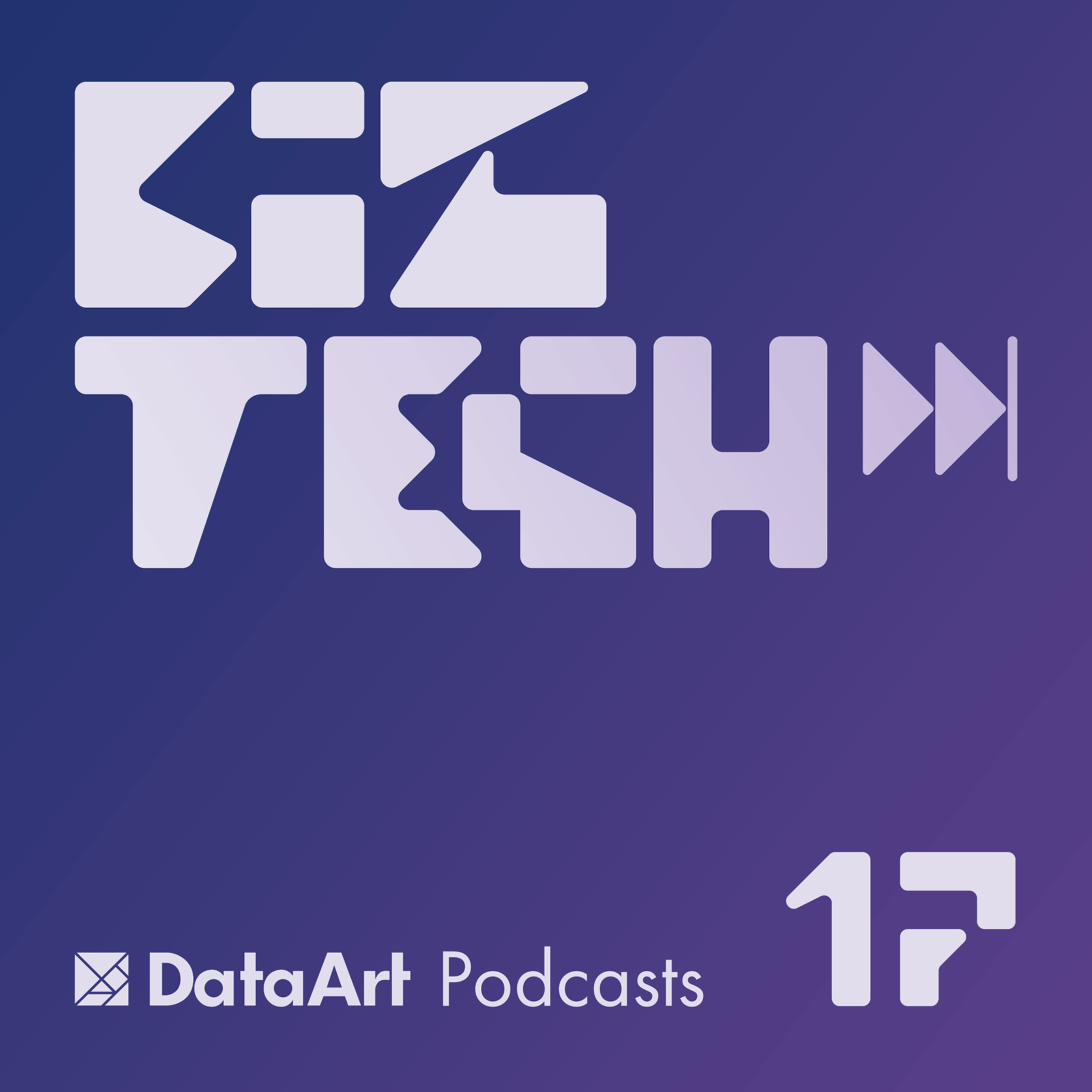
In this episode, Anni sits down with Alistair Wandesforde, SVP at DataArt, to see what companies say about their AI capabilities and what's really happening on the ground.
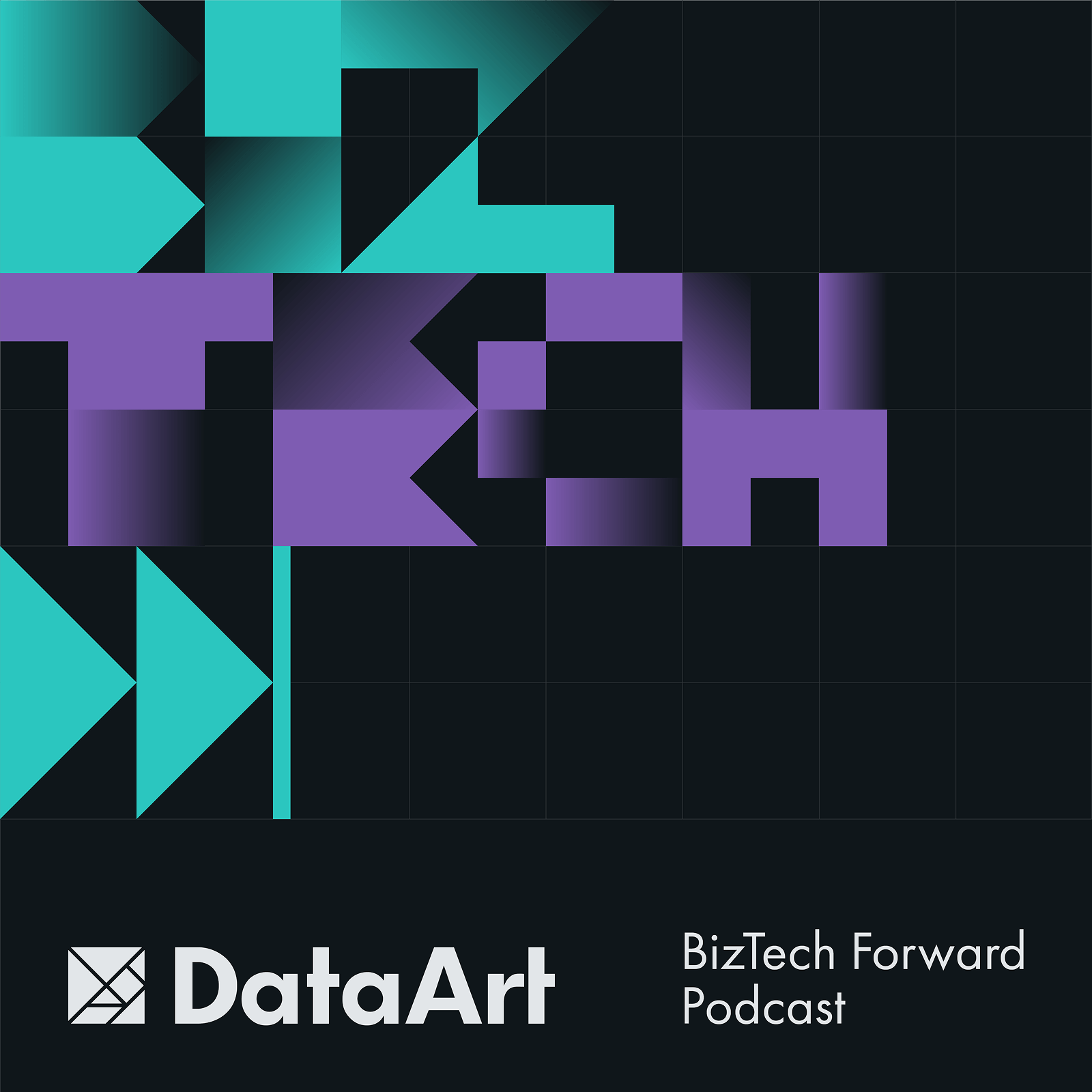
Season 2's most controversial moments! Eight tech leaders share their unpopular opinions on AI, recruitment, learning culture, market competition, and more.

We wrap up Season 2 with episodes 13-16! Featuring Doron Fagelson's fascinating look at how data is transforming art commerce, Greg Abbott's insights on the tech behind your next trip, Olesya Khokhulia on enterprise partnerships beyond just delivery, and Alexey Utkin's brutally honest conversation about data reality.

Join host Anni Tabagua for a Season 2 recap covering episodes 9-12! Featuring discussions on evolving client expectations, scaling learning culture, Latin America's tech boom, and the current state of tech talent.
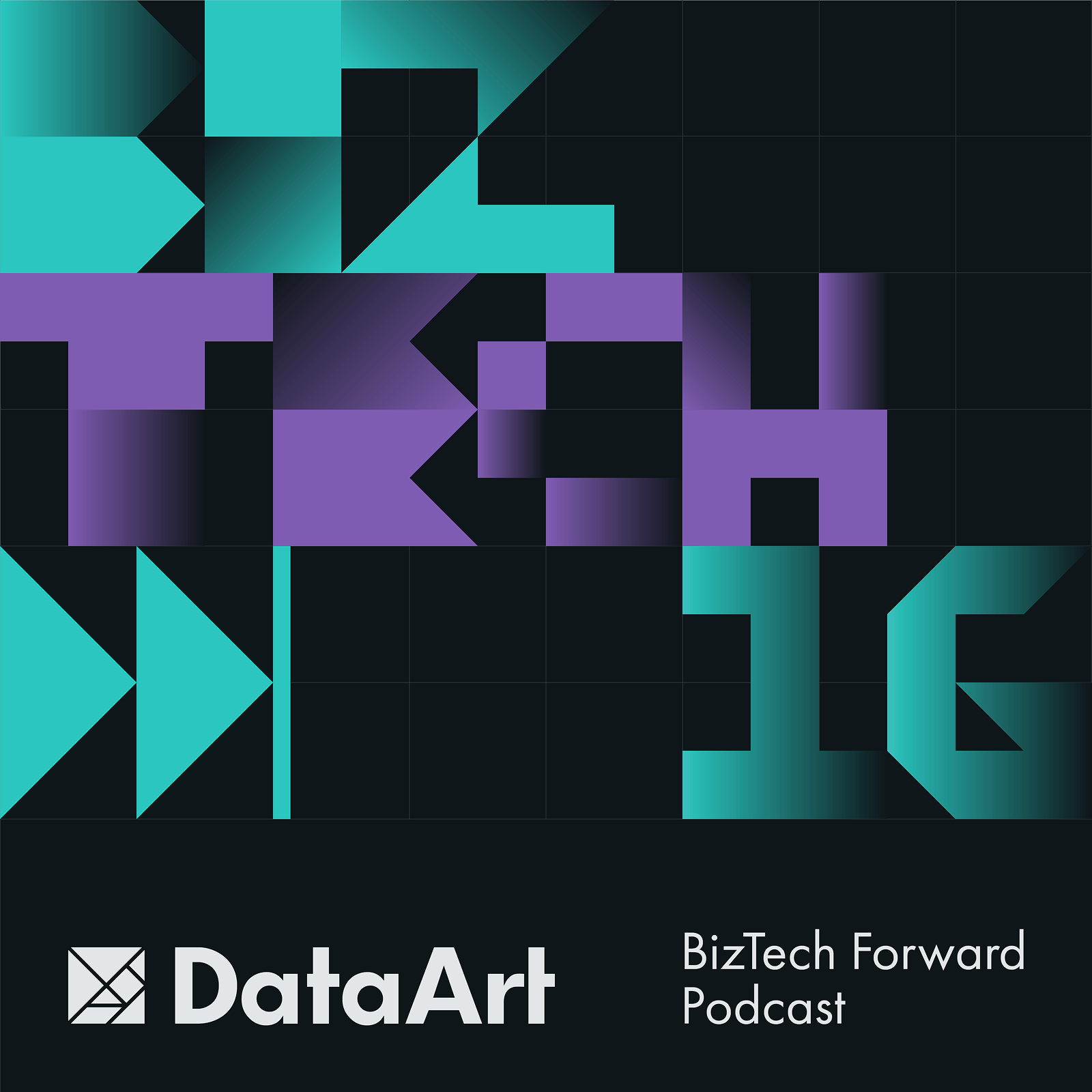
In this episode, Anni sits down with Alexey Utkin, Head of Data and Analytics Lab at DataArt, for a candid conversation about what’s really going on in the world of data.
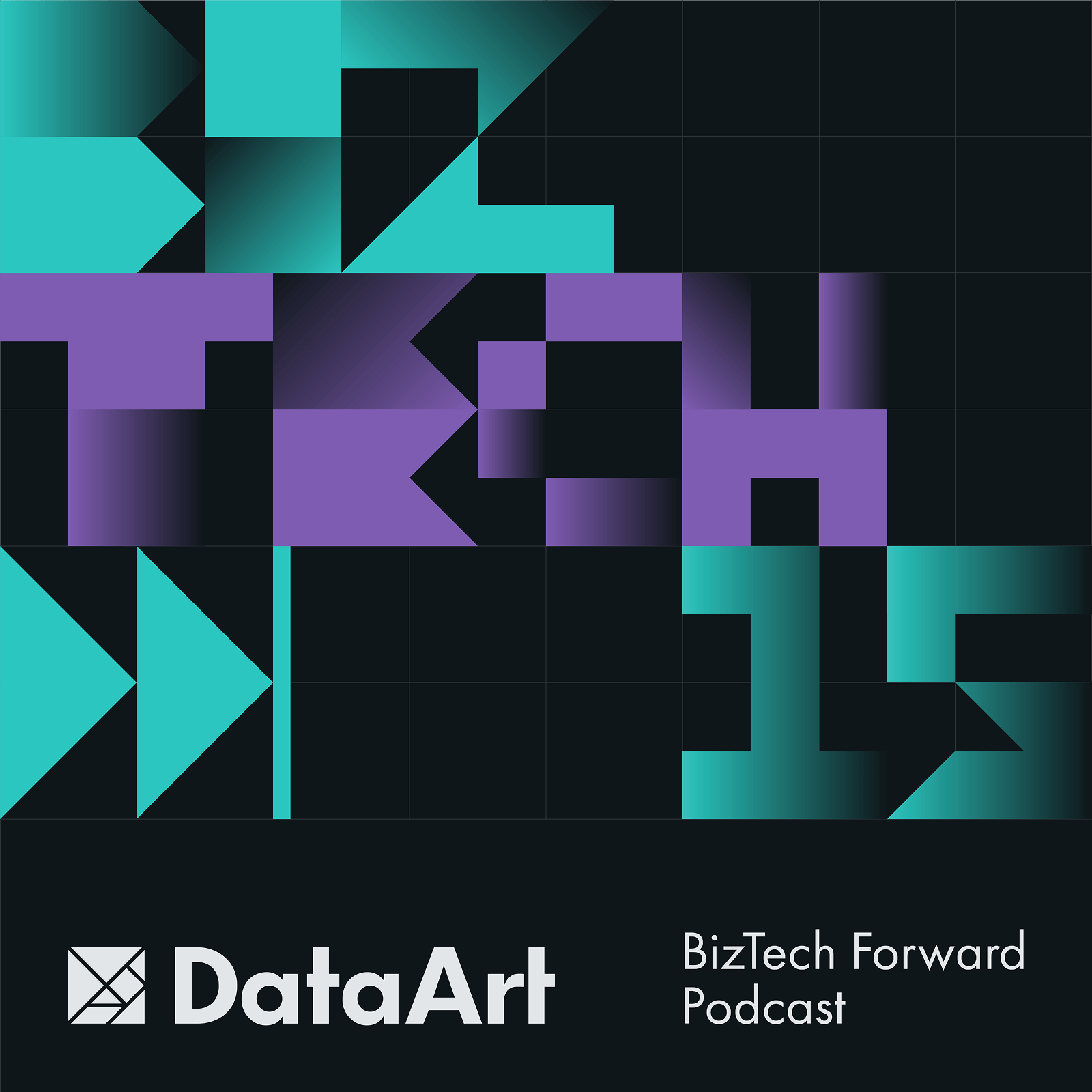
In this episode, Anni speaks with Olesya Khokhulia, VP of Global Enterprise Accounts at DataArt, about the evolution of client relationships, the quiet signals that build trust, and what it takes to stay relevant in an environment where expectations are always shifting.
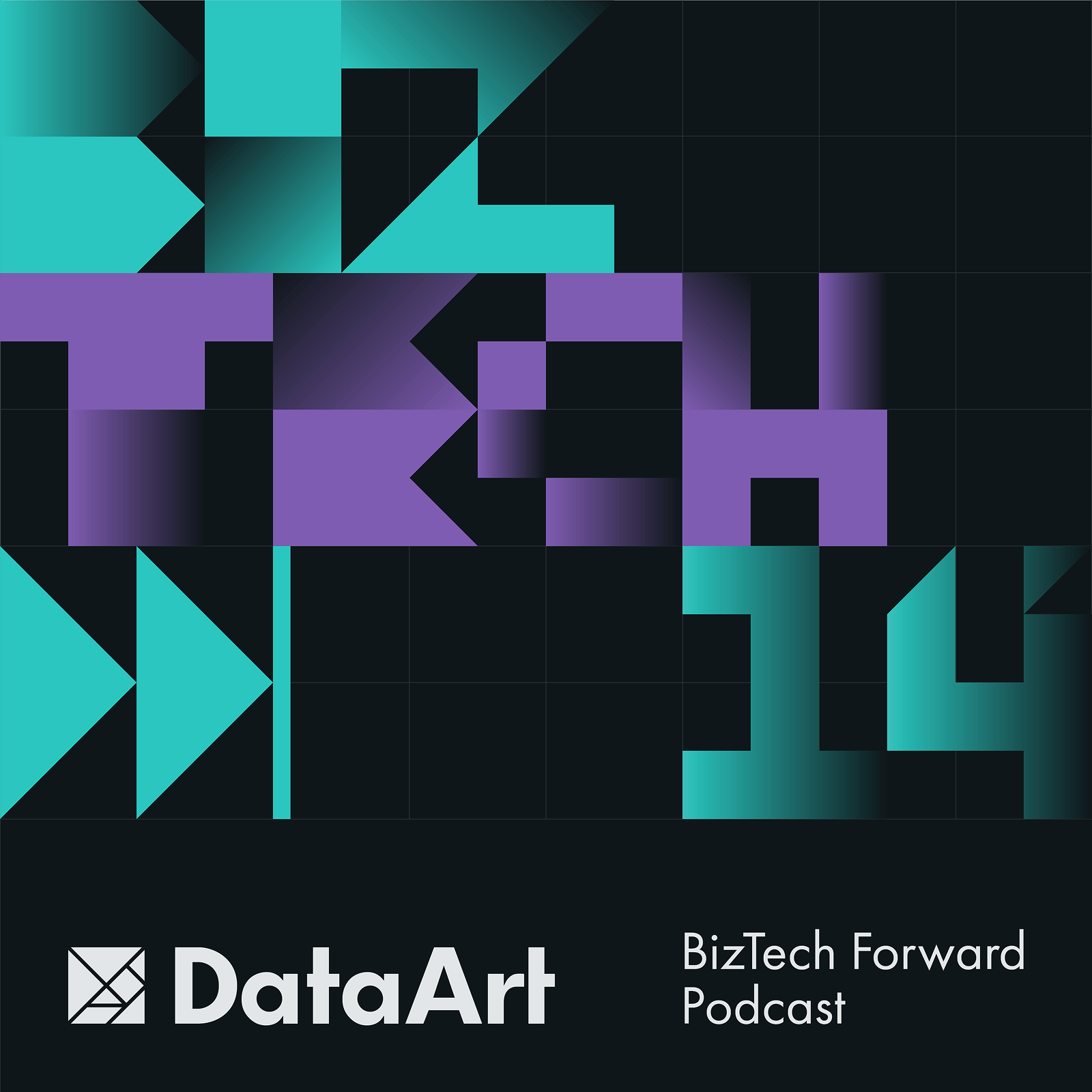
Travel is back — but it’s not the same. In this episode, we sit down with Greg Abbott, a veteran of the travel tech world with over three decades of experience, to talk about how the industry is evolving.

From ancient artifacts to AI-curated collections—art is evolving, and fast. In this episode, host Anni chats with Doron Fagelson, SVP of Media & Entertainment at DataArt, to explore how technology is transforming the art world, from online marketplaces to data-driven personalization and virtual galleries.

In this episode, host Anni chats with Julia Zavileyskaya, Chief People Officer at DataArt, about the biggest hiring trends, AI’s role in recruitment, and what really keeps employees engaged." Please find the episode's cover attached.
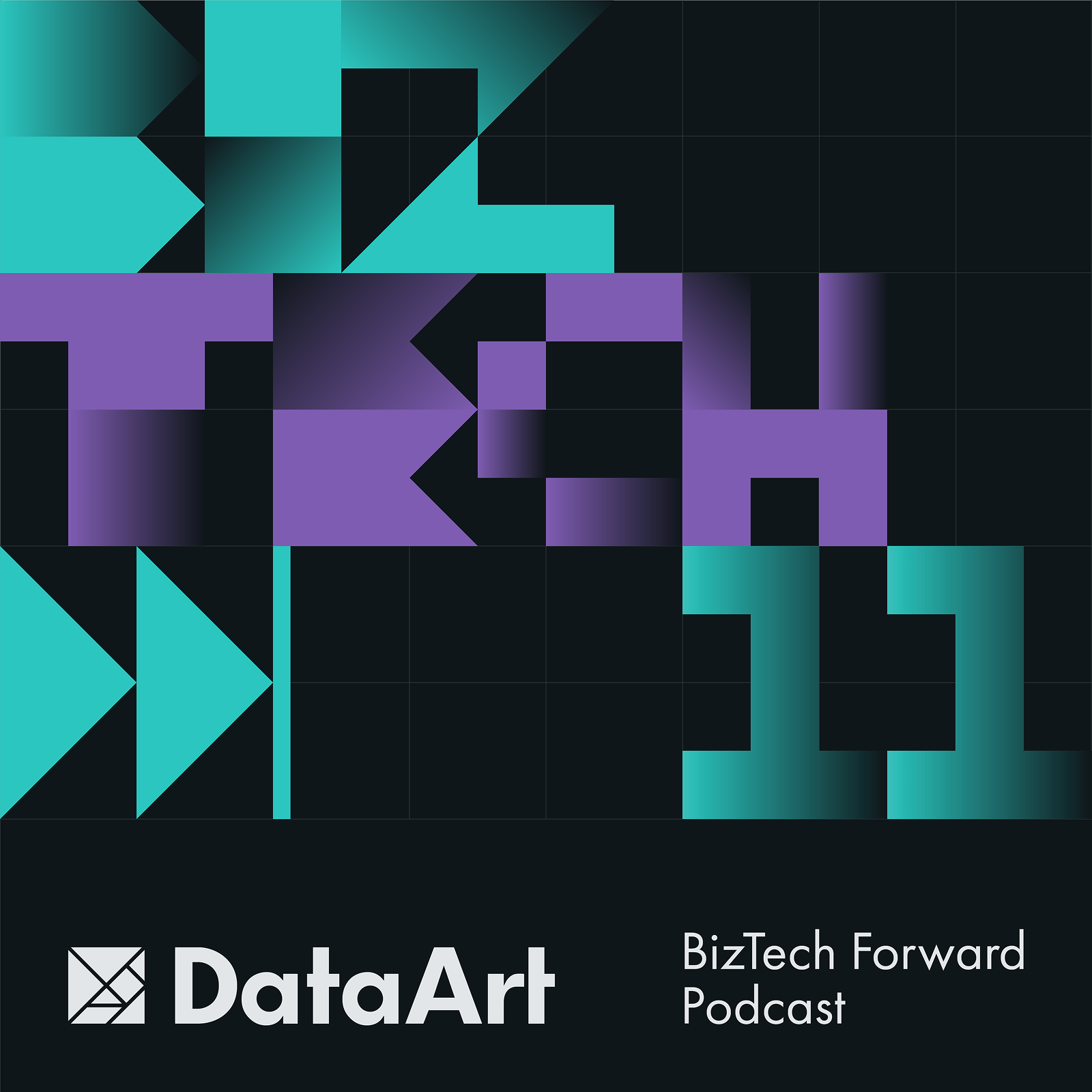
In this episode, Anni sits down with Marcos Mauro to discuss what’s fueling Latin America’s tech boom, how businesses and clients are adapting, and why it’s more than just an emerging market — it’s a global leader in the making.
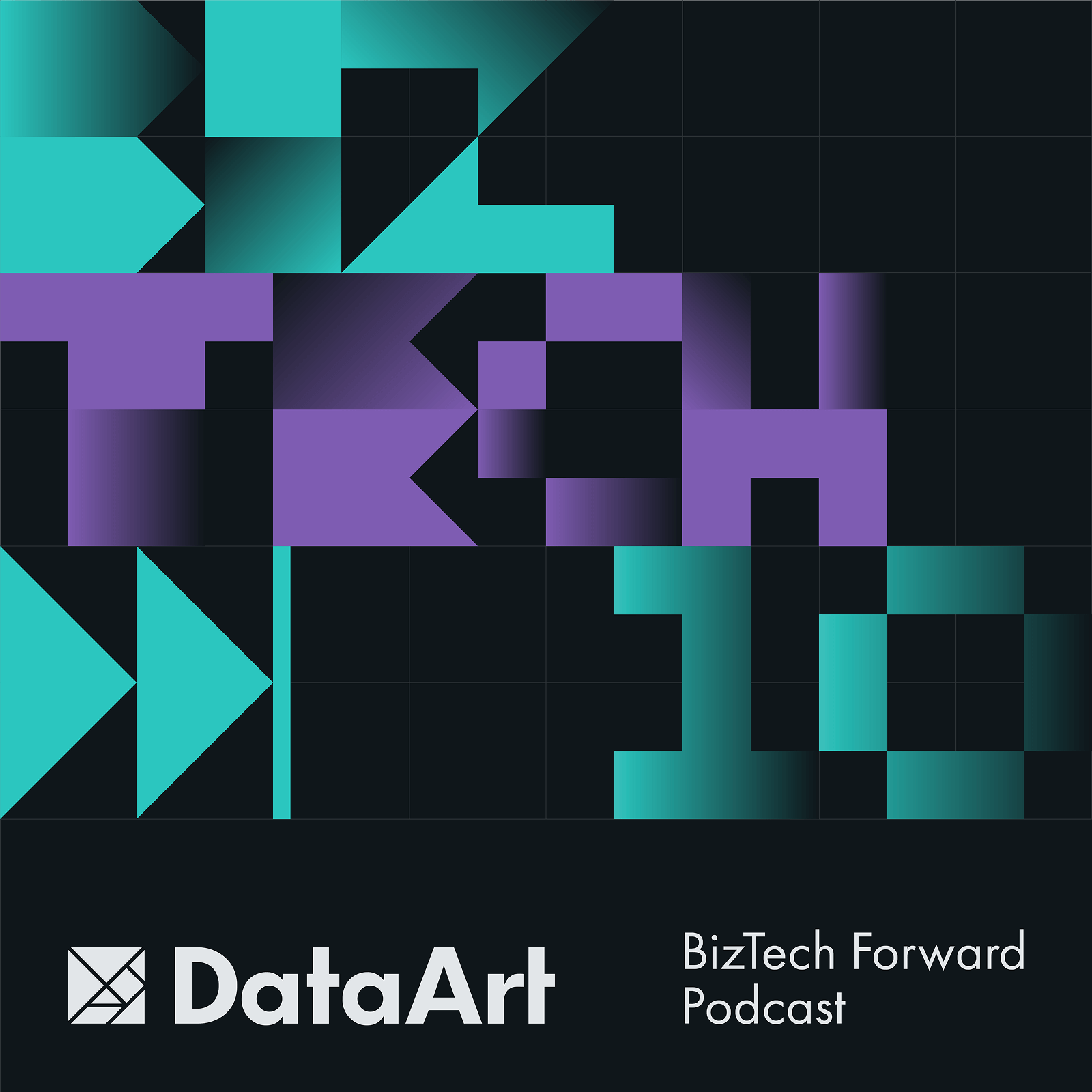
In this episode of BizTech Forward, Anni chats with Maryna Melink, Head of Learning and Development at DataArt, about how companies can create a culture of continuous learning, scale it across thousands of people, and deliver real business value.
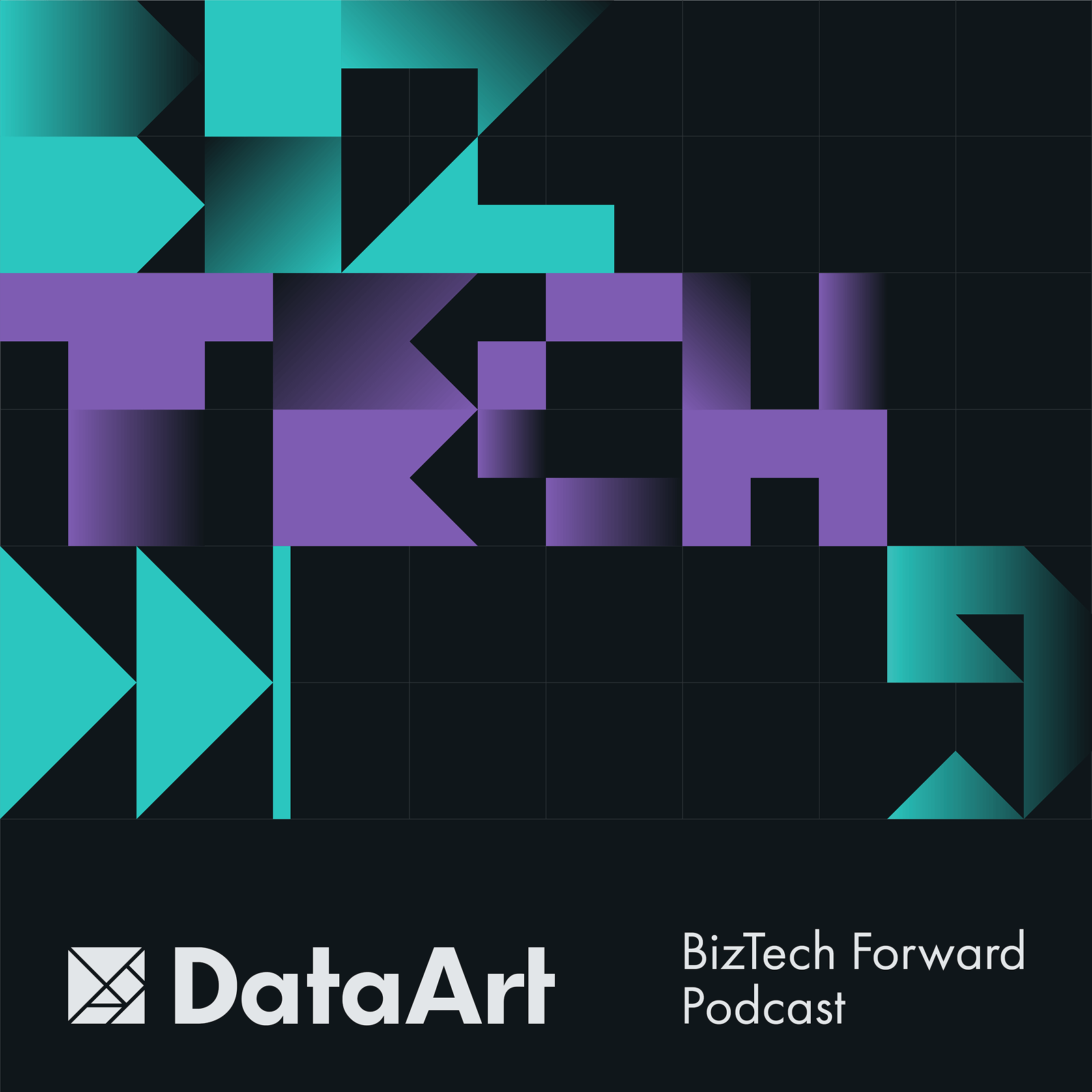
In this episode of BizTech Forward, Anni sits down with Mike Peterson, Advisory CTO / CIO, Mentor, and Coach, who discusses how client expectations from IT vendors have evolved over the past decade, what clients miss from the ‘old days,’ and how vendors can stay ahead in an ever-changing tech landscape.
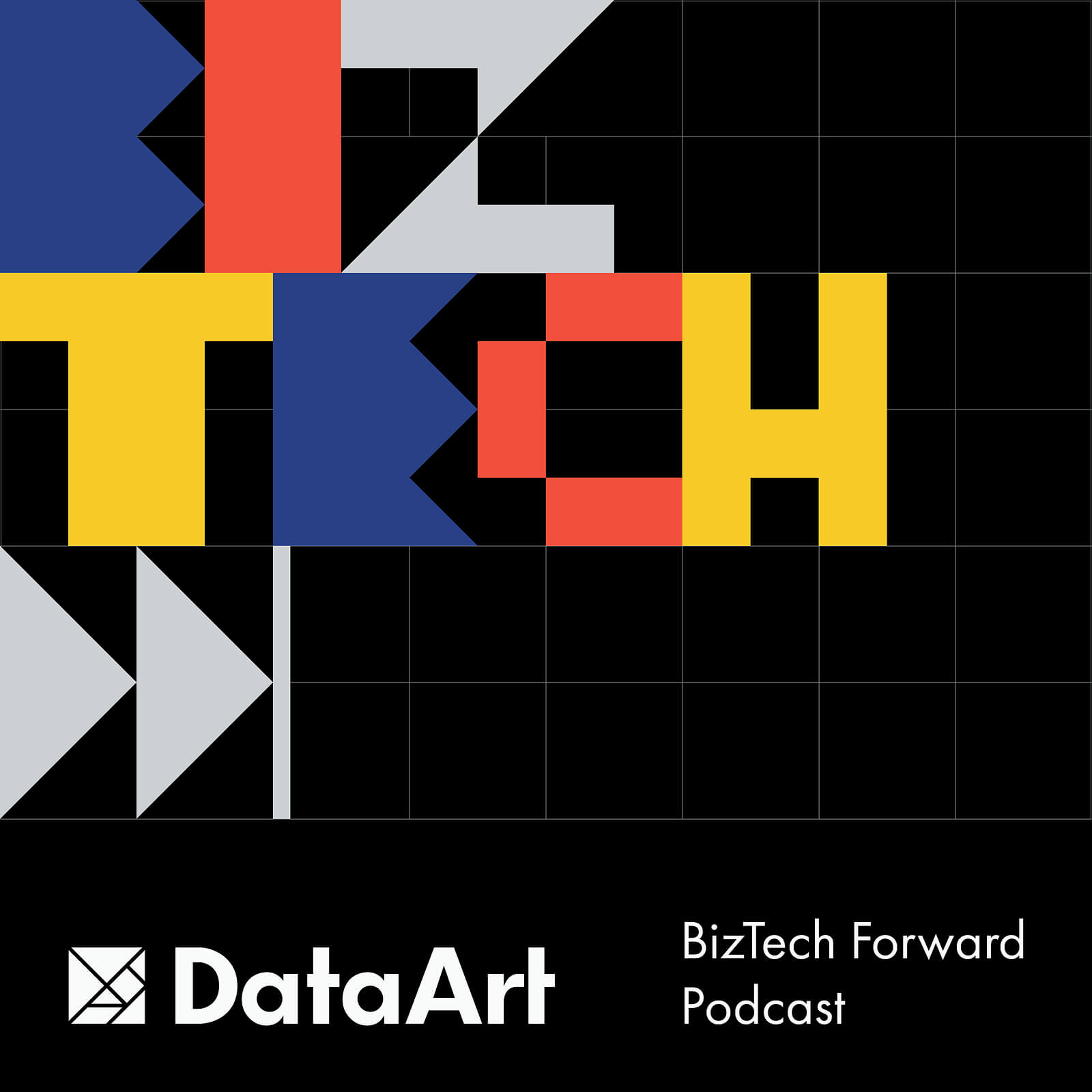
This is a bonus episode of BizTech Forward: Season One Recap. Host Anni takes you through the eight episodes of the debut season, highlighting some of the best moments and setting the stage for season two!
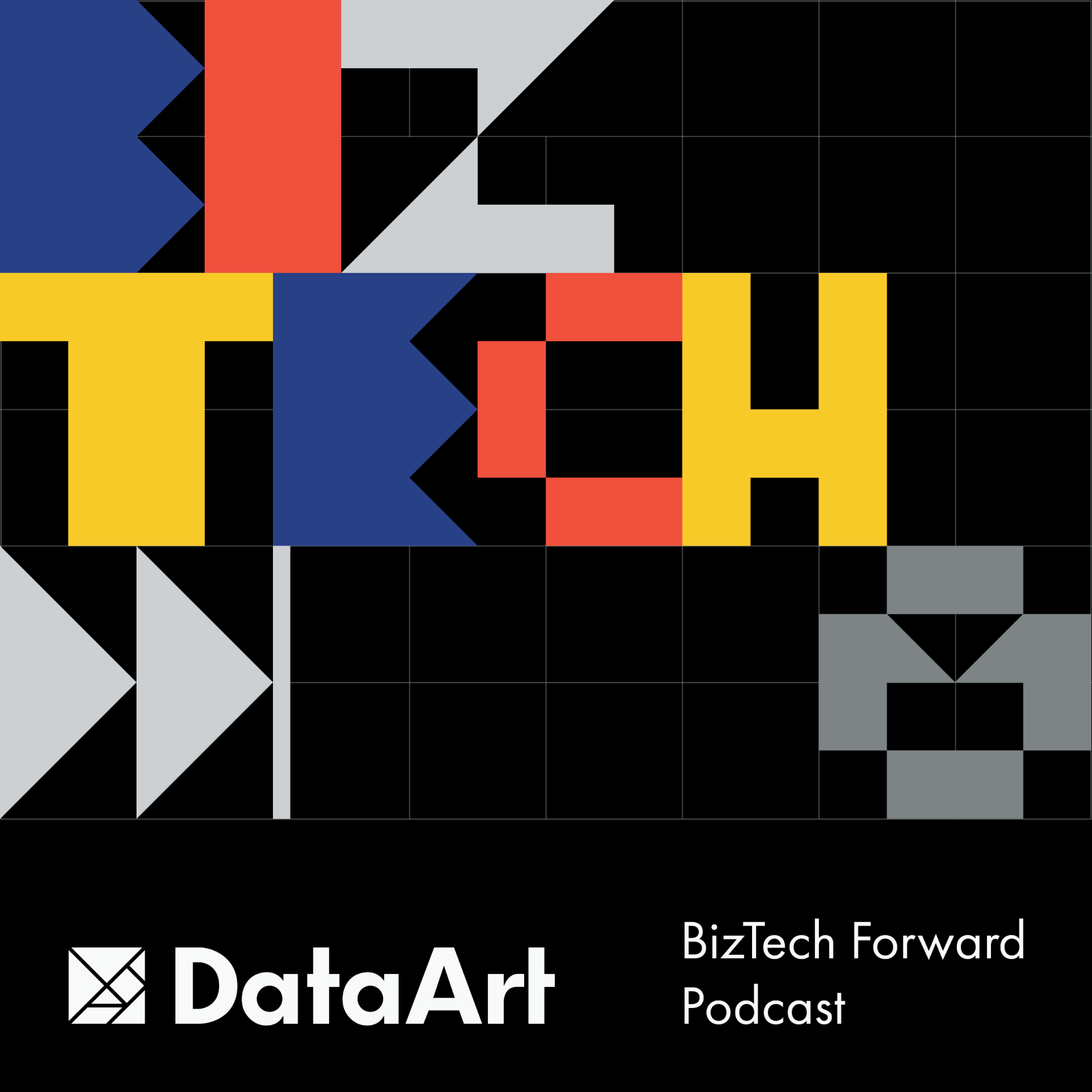
In this episode of BizTech Forward, Anni chats with Scott Rayburn, VP Marketing at DataArt, about how marketing has evolved with the rise of data and technology.
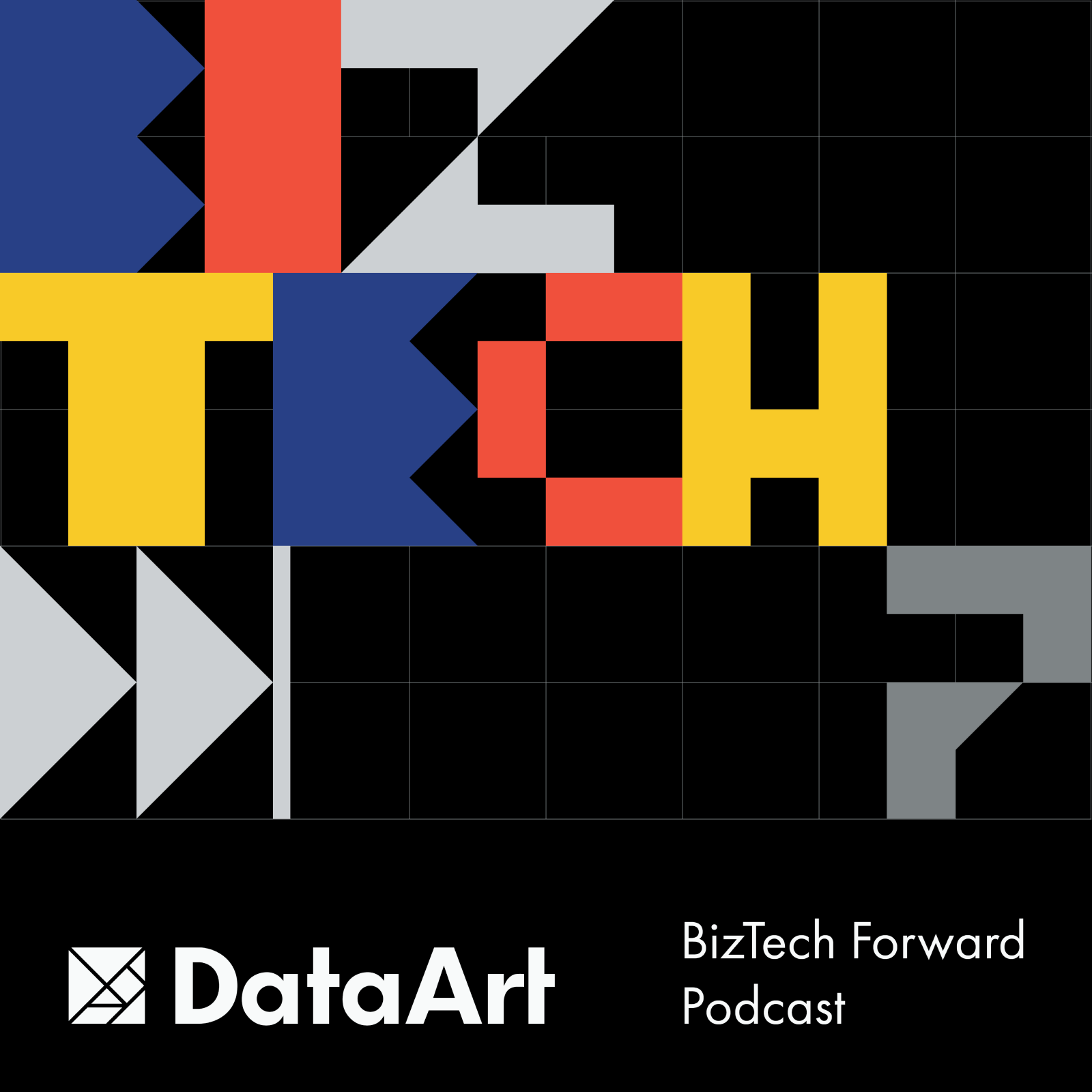
In this episode, Anni chats with Sheetal Kale, Head of DataArt India, about the country’s modern tech views, AI and data, IPO boom, and India’s gravitational pull in global decision-making.
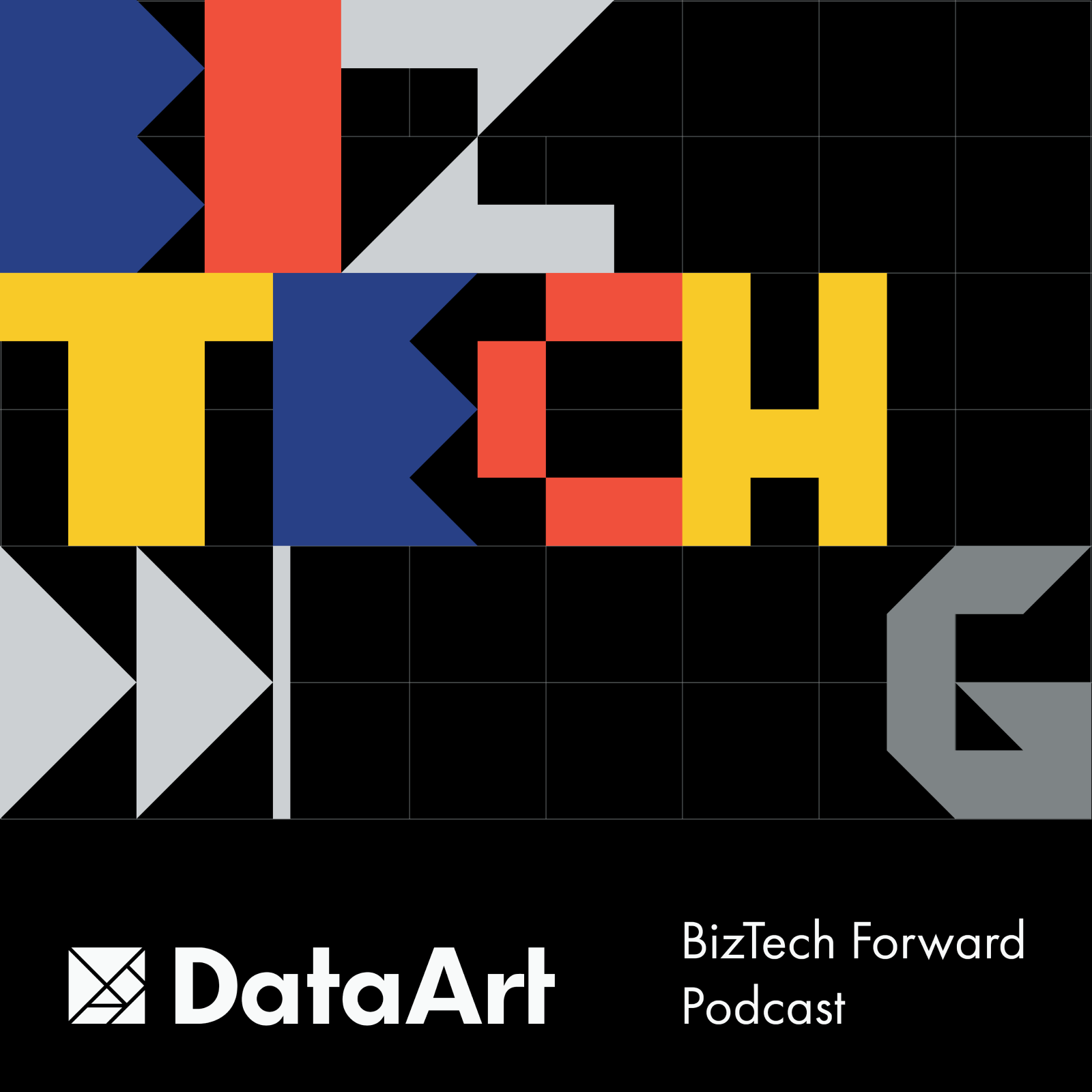
In this episode, we're joined by Tim McMullen, a true veteran in aviation tech, to discuss the latest aviation technology trends from the latest industry conferences and the future of aviation.
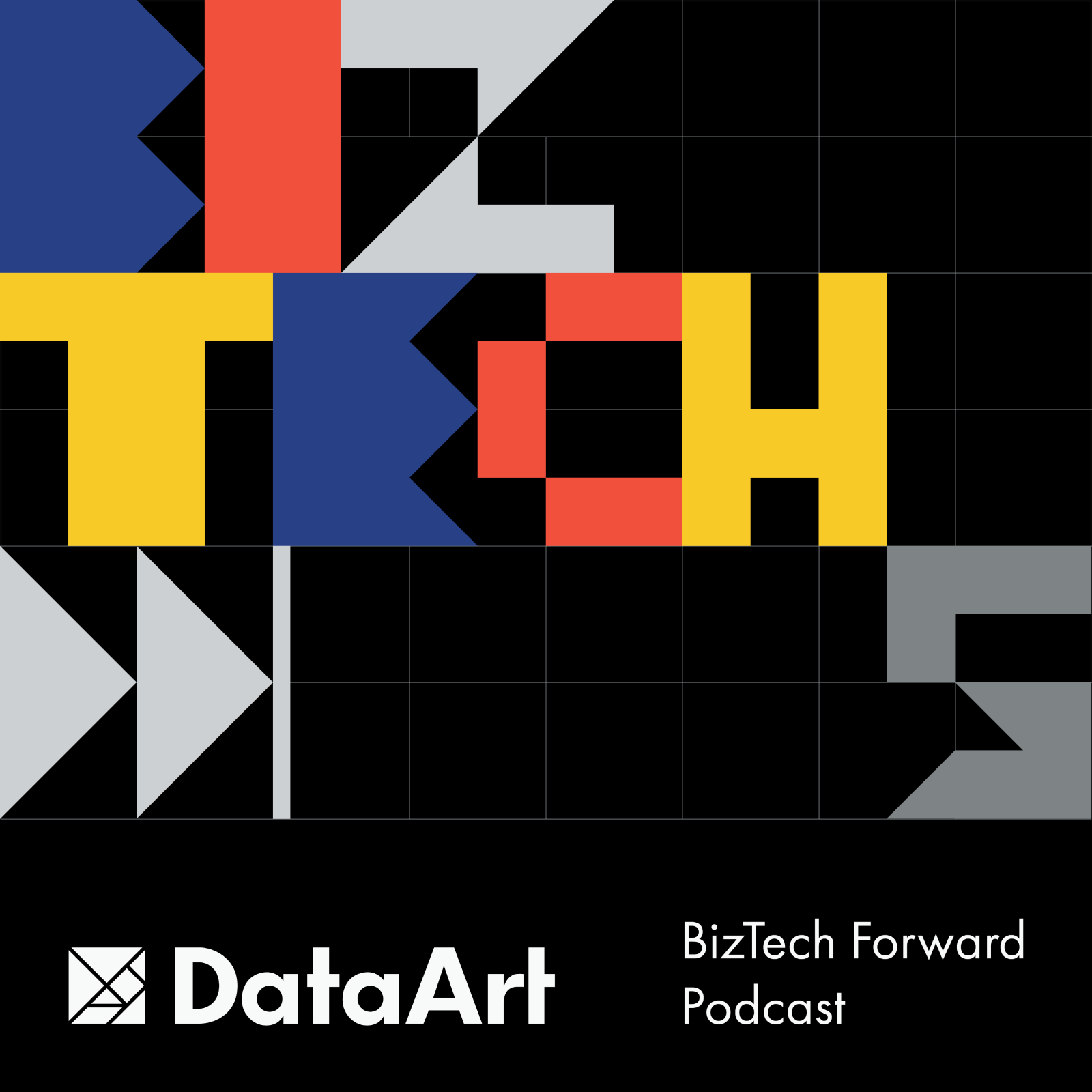
In this episode of BizTech Forward, Anni sits down with Anastasia Rezhepp, DataArt's Head of Design Studio, to talk about the evolution of design processes in the world of UX.
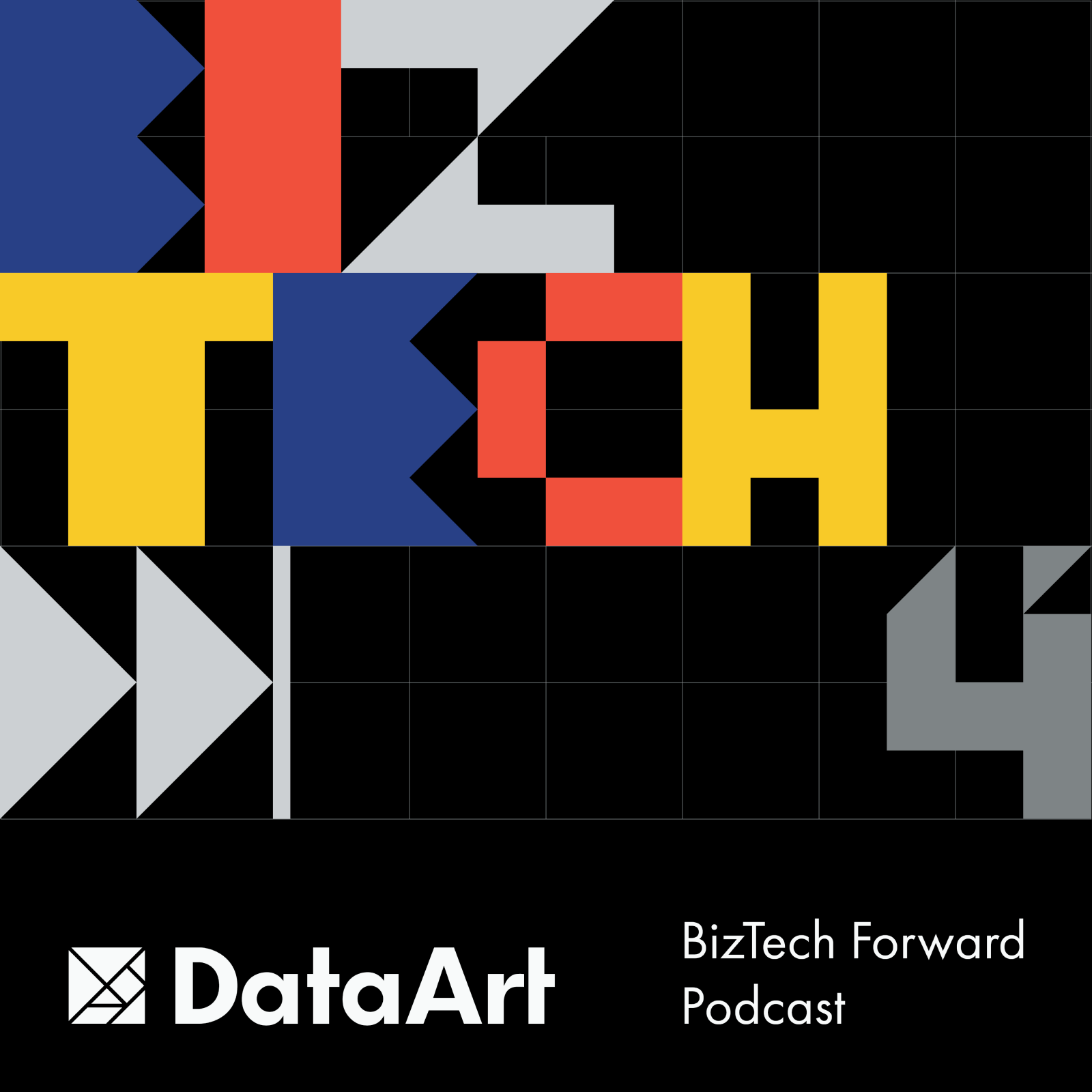
In this episode of BizTech Forward, we chat with Yuri Gubin, Chief Innovation Officer at DataArt, about why data quality is critical for AI success.
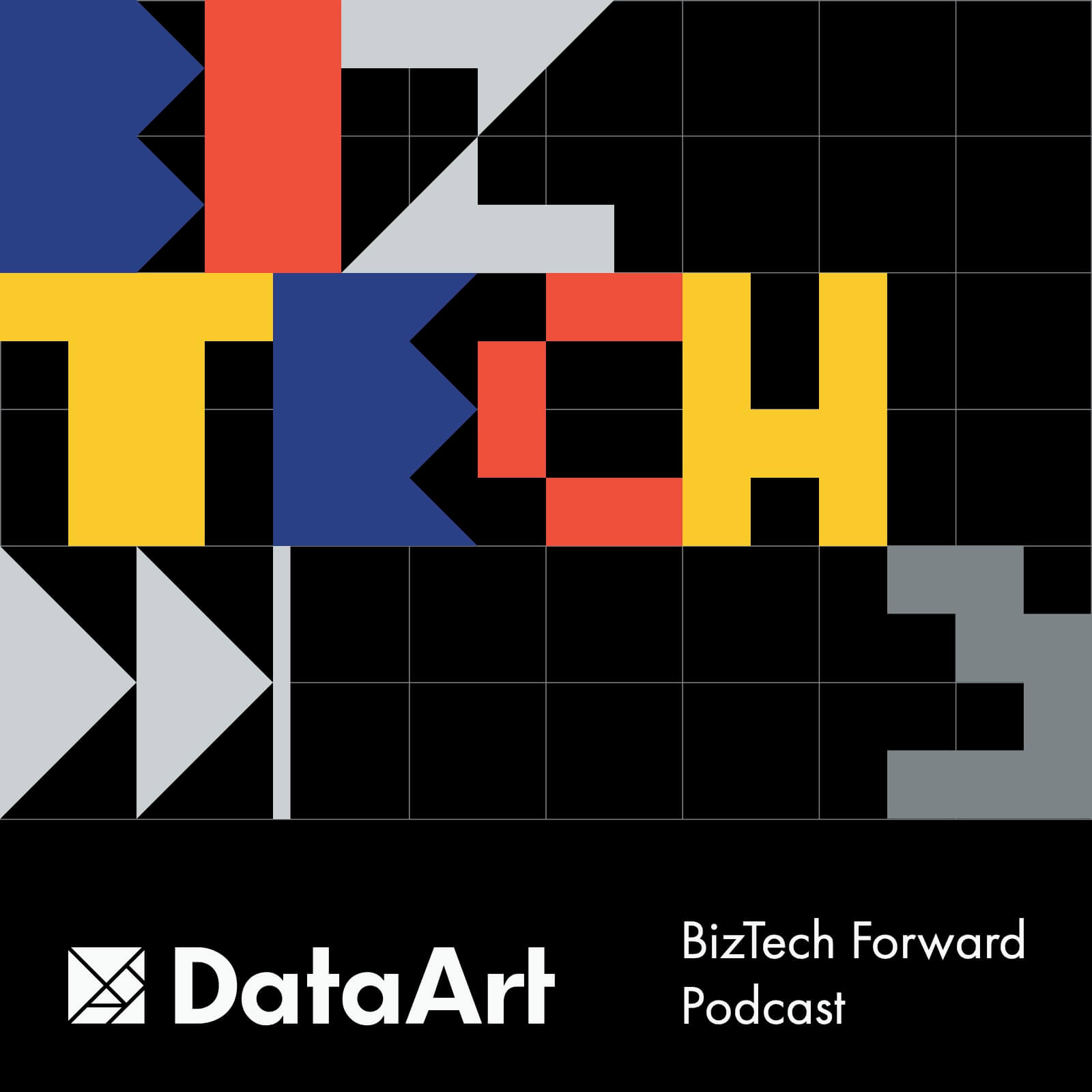
In this episode, we chat with Anna Velykoivanenko, Global Employer Branding Director at DataArt, about the perfect blend of technical know-how and human-centric skills.

In this episode of BizTech Forward, Anni from DataArt’s Media Relations team chats with Alexei Miller, Managing Director at DataArt, about how businesses can truly measure the value of their IT investments.
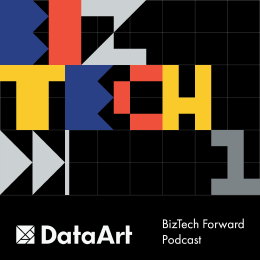
Join Anni Tabagua as we kick off our very first episode with a fascinating topic: AI in Automotive. Our guest is Dmitry Bagrov, the Managing Director of DataArt UK!
We Want to Hear From You!
Reach out to us with any comments, feedback, and questions by filling out the form.

Thank you for contacting us!
We will be in touch shortly to continue the conversation.






